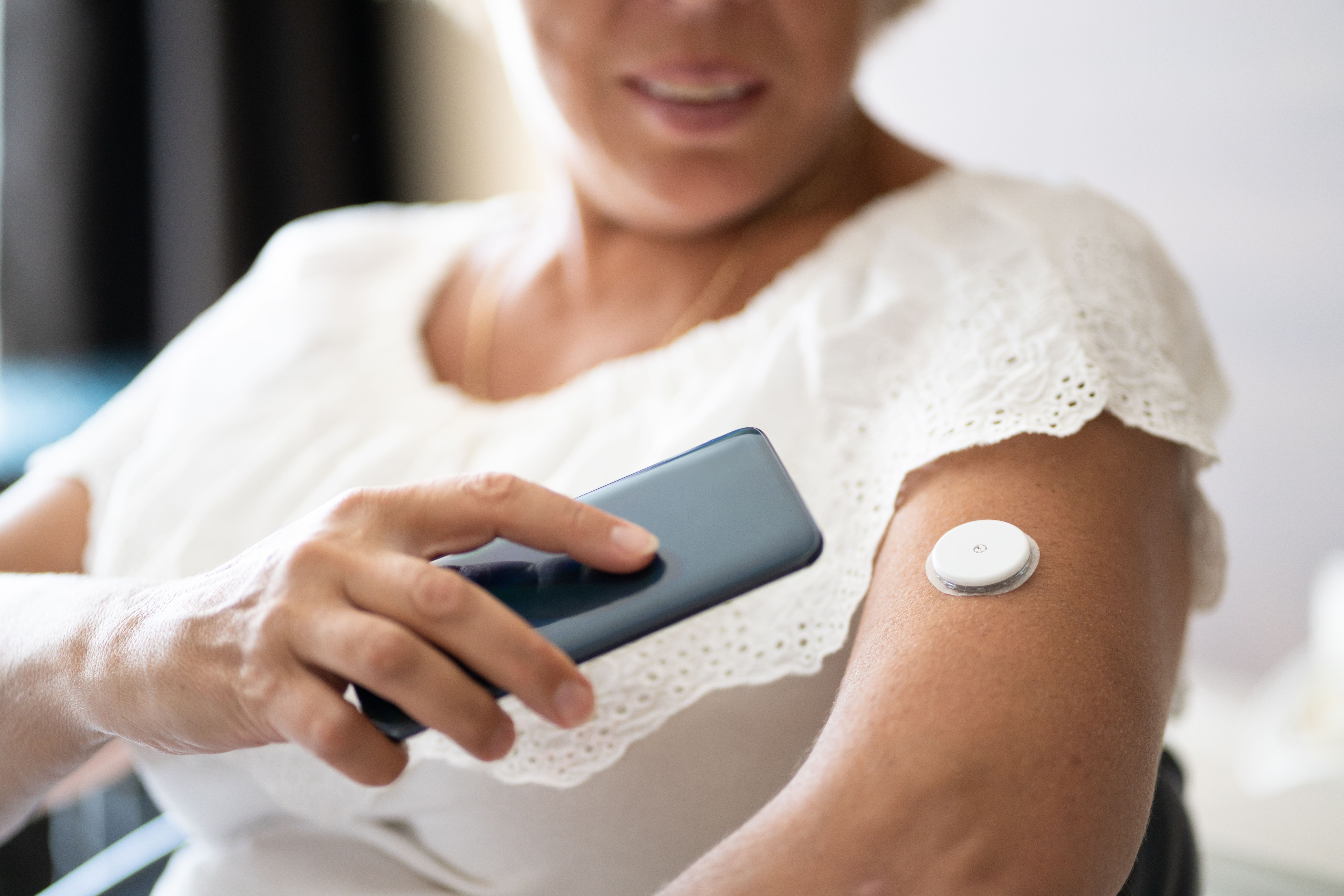Patients with type 1 diabetes continue to experience severe hypoglycemic events and impaired awareness of hypoglycemia in high numbers despite the use of new technology like continuous glucose monitors (CGM), according to new research published in the journal Diabetes Care.1 Investigators said the findings highlight the ongoing need for improved treatment strategies.
More than 38 million people in the United States had diabetes in 2021, according to data from the CDC.2 Although new diabetes care technology—such as CGM and automated insulin delivery (AID)—have improved disease management, reaching glycemic targets remains a challenge for many patients with the condition.
Key Takeaways
- Despite advanced technologies like continuous glucose monitors (CGM) and automated insulin delivery (AID), over 40% of patients with type 1 diabetes fail to achieve glycemic targets, emphasizing the ongoing struggle in disease management.
- The study reveals that around 20% of participants experienced severe hypoglycemic events in the preceding 12 months, underscoring the continued risk of dangerous low blood sugar levels in this population.
- The findings emphasize the necessity for continuous patient education and the development of innovative therapeutic options to enhance outcomes for individuals with type 1 diabetes, including exploration of bihormonal AID systems and b-cell replacement strategies.
“The objective of type 1 diabetes treatment has been to maintain blood glucose concentrations within a specified range to achieve glycemic targets with glucose levels as close as possible to the reference range in those without diabetes,” the authors wrote. “Despite the best efforts of individuals with diabetes and their care teams, many people with type 1 diabetes remain unable to reach glycemic targets, with an estimated 1 in 4 meeting the American Diabetes Association and European Association for the Study of Diabetes consensus target goal…”
A team of investigators from the Yale school of Medicine, Harvard Medical School, and the T1D Exchange conducted a study to determine how diabetes technologies impact glycemic metrics, prevalence of severe hypoglycemic events, and impaired awareness of hypoglycemia in people with type 1 diabetes in a real-world setting within the US.
READ MORE: CGM Can Help Pregnant Patients With T1D Improve TIR, Outcomes
The retrospective, observational study enrolled adult patients with type 1 diabetes from the T1D Exchange Registry. A total of 2074 participants were included and were asked to complete an online survey on glycemic metrics, severe hypoglycemic events, and impaired awareness of hypoglycemia. Participants also provided demographic data, including baseline characteristics, and information on CGM and insulin delivery methods.
The primary study outcome was the proportion of participants who reported achieving glycemic targets, as well as had severe hypoglycemic events or impaired awareness of hypoglycemia. The secondary outcomes included the impact of CGM and insulin delivery modality.
Of participants, 91.7% were using CGM and half of those incorporated AID. Investigators found that, despite the high adoption of diabetes tech, only 57.7% of participants reported achieving glycemic targets. Around 20% reported experiencing at least 1 severe hypoglycemic event in the prior 12 months. Additionally, 30.7% reported impaired awareness of hypoglycemia, regardless of CGM or AID use.
Study limitations include that participants tended to be highly engaged with a high degree of technology use, that survey respondents were predominantly female and White, that the survey results were self-reported, and that information on timing of AID initiation and type of AID was not included.
“Despite high rates of diabetes technology adoption among study participants, more than one-third of survey respondents reported not being able to reach glycemic targets, with up to 20% having at least one severe hypoglycemic event in the past 12 months and 30% having impaired awareness of hypoglycemia,” the authors concluded. “Given these results, educational initiatives continue to be important for all individuals with type 1 diabetes, and the development of novel therapeutic options and strategies, including bihormonal AID systems and b-cell replacement, will be required to enable more of these individuals to meet treatment goals.”
READ MORE: Continuous Glucose Monitoring Resource Center
References
1. Sherr JL, Laffel LM, Liu J, et al. Severe Hypoglycemia and Impaired Awareness of Hypoglycemia Persist in People With Type 1 Diabetes Despite Use of Diabetes Technology: Results From a Cross-Sectional Survey. Diabetes Care. 2024; dc231765. https://doi.org/10.2337/dc23-1765
